No products in the cart.

Sinarooyesh, Innovation in Agriculture, Health for the Future.

Sinarooyesh, Innovation in Agriculture, Health for the Future.
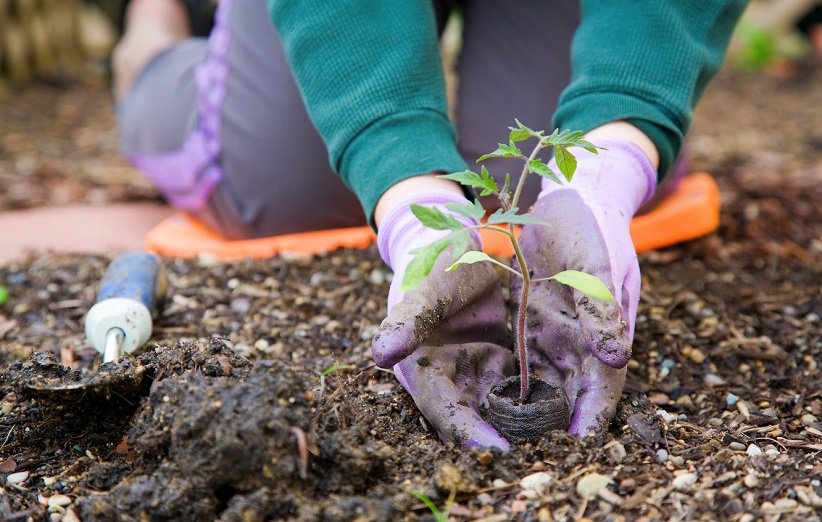
The Most Profitable Agricultural Products in the World
What do you think are the most profitable agricultural products in small farms? Products that are highly productive with limited space and time can transform agricultural activity into a thriving economic industry. Therefore, we will introduce some of these profitable products below.
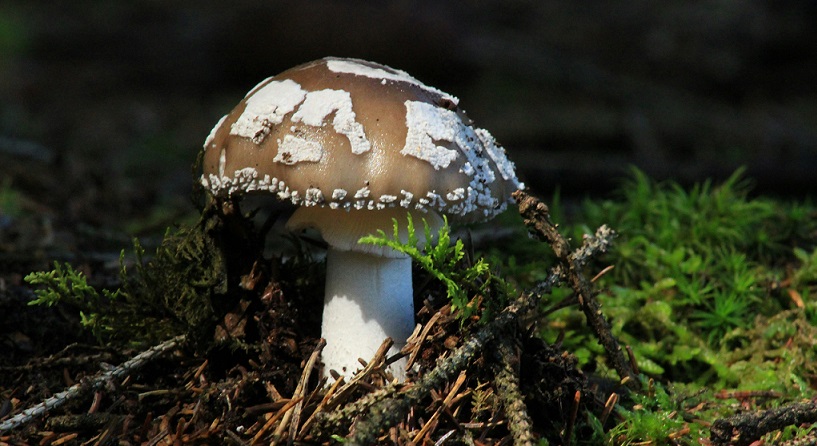
Mushroom cultivation can be surprisingly profitable, especially oyster mushrooms, which grow in just 5 weeks. Mushrooms are an excellent product for urban farmers or those with limited space; they are often grown indoors and yield very high returns.Oyster mushrooms can be grown vertically in large hanging bags to maximize your available space. Mushrooms do not last long after harvesting, and shipping them nationwide can be challenging, so local producers have an advantage over larger commercial operations. However, several different sales channels, such as direct sales to chefs and restaurants, should be considered.If you have a large quantity of mushrooms for sale, you can dry them to extend their usability.
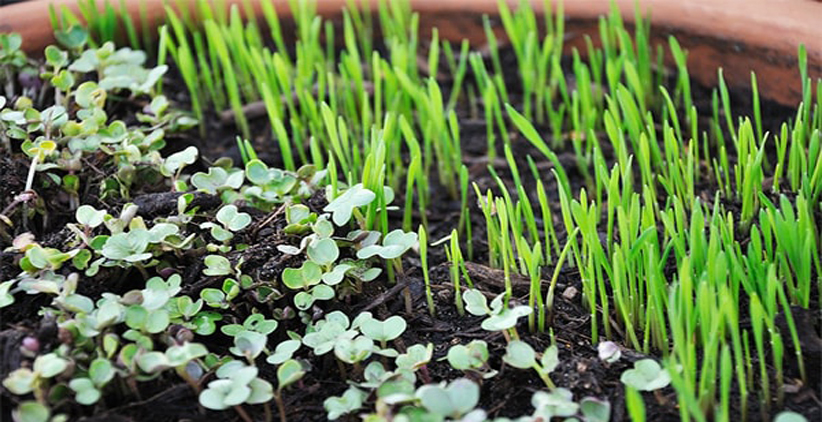
Microgreens are scalable and can be grown in 5 or 6 trays in a small room or even under fluorescent light with a maximum of 4 rows stacked on top of each other.Microgreens should be sold fresh and do not have a very long shelf life. These greens are larger than sprouts but smaller than regular vegetables.They are harvested before they reach full growth because their nutrient content is higher than that of fully grown leaves. Even the most novice growers can cultivate these products.
Ginseng

Ginseng is a plant that grows slowly due to its medicinal root. The two main types of ginseng are Korean ginseng and American ginseng, which have been used in traditional medicine for about two thousand years. Although there is no conclusive evidence to prove the health benefits of ginseng, preliminary clinical studies suggest it has positive effects on memory, menopause symptoms, and fatigue.Ginseng has culinary applications in Asian recipes and is also used in herbal teas and energy drinks. When it comes to growing plants for profit, ginseng is a long-term investment, taking six years to harvest mature ginseng roots.Some growers sell younger roots, but considering the six-year period, ginseng producers can earn up to $200,000 per acre.Growing ginseng on a large scale is a high-risk process that requires polypropylene shade cloth. However, it can be grown without cover on a small scale. This plant also grows wild in many eastern and northern regions of the United States. Furthermore, buyers prefer wild ginseng over farmed products, believing that wild ginseng is much more medicinally potent.Wild ginseng is becoming increasingly rare, creating a significant market for “wild-simulated” ginseng.
Lavender

Lavender is a highly versatile product and one of the most profitable agricultural products in the world. Its flowers can be sold fresh or dried to florists, and dried flowers can be made into bouquets or wreaths, or sold directly to craft shops or stores specializing in handmade goods.Additionally, it is used to produce lavender oil, a common ingredient in aromatherapy products, skincare items such as soaps and lotions, and even in pillows and herbal sachets.One acre of lavender can produce about 12,000 bunches of flowers annually, each selling for $10 or more. Lavender plants require well-drained soil but can thrive in various climates.
Saffron

Unprocessed Saffron
Saffron may be the most expensive product in the world, with each 450 grams selling for around $2,500. Describing the taste of saffron is difficult, but most people characterize it as having a floral honey aroma. Saffron is derived from the stigmas (the part of the flower that germinates from pollen) of the crocus plant.To produce one kilogram of dried saffron, approximately 75,000 flowers are needed. However, to grow this many crocus flowers, only one-tenth of a hectare of land is required, so you can imagine how profitable this crop can be.Crocus saffron cannot be easily grown from seed; instead, the fleshy corms of the plant must be planted. Over the years, the corms will divide, allowing them to be separated and replanted to increase the size of the farm.The challenging part of growing saffron is the harvesting process. The flowers must be delicately picked at bloom time, and then three stigmas from each flower are extracted. To produce one gram of dried saffron, about 150 flowers are required. The labor costs involved are the main reason saffron is cultivated and harvested in a family-based manner in Iran.
Goji Berries

Goji berries are highly nutritious, packed with antioxidants, and may even possess anti-aging and anti-cancer properties. Most goji berries are cultivated in China, with organic dried goji berries selling for $20 or more per 450 grams, while fresh varieties command even higher prices.By cultivating 3,000 kilograms of goji berries per hectare, one can harvest one of the most valuable crops in the berry category. Goji berry plants are deciduous shrubs that are slightly thorny, reaching heights of 3 to 6 feet when pruned and cultivated, although they can grow up to 12 feet tall in the wild.It is best to grow goji plants in a greenhouse for the first six weeks. These plants can withstand cold winters, and in some areas, goji berries are considered an invasive species. Therefore, it is recommended to cultivate named cultivars like “Phoenix Tears” or “Crimson Star,” which are typically not aggressive.These plants may yield a small harvest in their second year, but it usually takes three to five years to reach full production capacity.Planting goji shrubs in late winter while they are dormant can help kick-start growth. Goji plants are usually propagated from cuttings, which can make starting a goji berry farm slightly more expensive than other crops. The initial setup cost for this crop is high; however, like other types of berries, goji plants will continue to produce fruit each year without needing to be replanted.
Wasabi
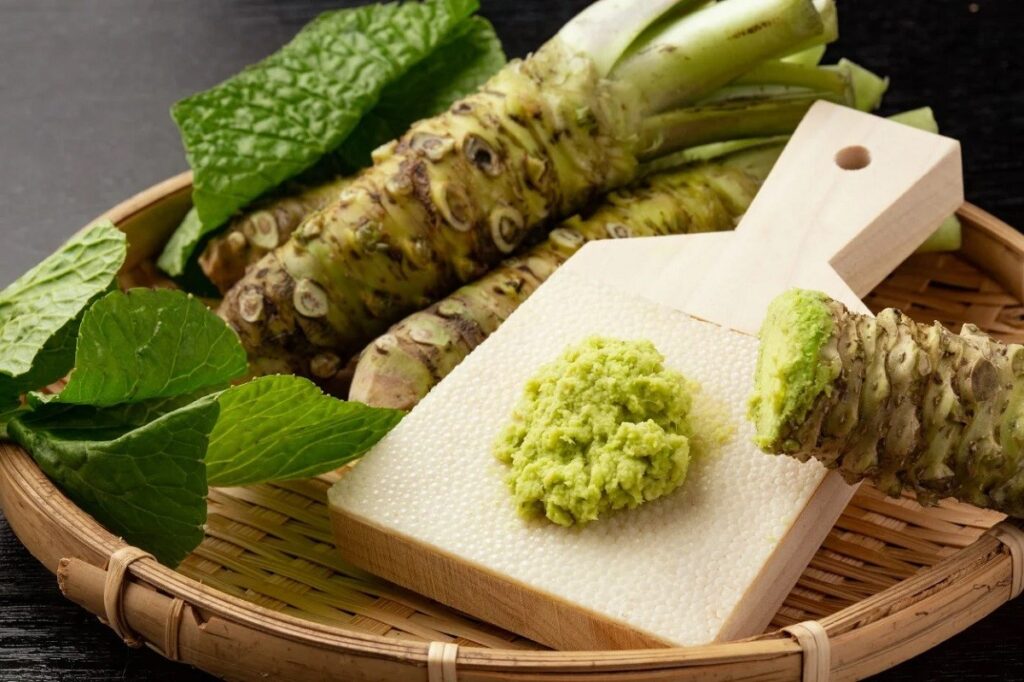
Everything you know about sushi might be a lie. The wasabi found in the sushi around us is not real wasabi; most of the time, it’s a mixture of horseradish, mustard, and green dye.In fact, the true cost of wasabi is about $50 for 100 grams, and it sells wholesale for $160 per kilogram. Wasabi must be freshly prepared, and real fresh wasabi is best used within just 15 minutes after being ground into a paste.Wasabi is not a root but rather a swollen stem. Two compounds in the plant combine to give it its pungent flavor, which is not stable and quickly breaks down. Wasabi grows in freshwater and is difficult to cultivate on a large scale in greenhouses; it is also susceptible to disease. In reality, cultivating this plant is challenging and comes with a high price tag due to its reputation.Wasabi requires cool, moist conditions for growth and can be planted in containers, ponds, or small streams.Harvesting wasabi takes 15 months to 2 years before the rhizome or stem can be cut. However, after 8 weeks and every 6 to 8 weeks thereafter until the plants are fully grown, its leaves can be consumed as vegetables.
Bonsai
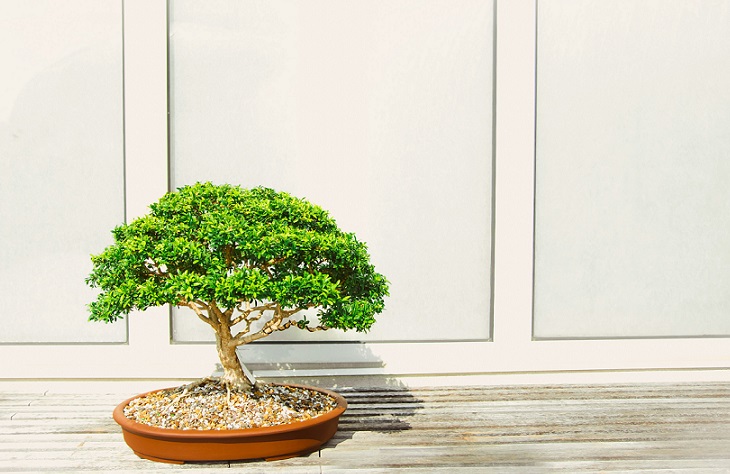
Bonsai is a decorative shrub or tree that grows in a pot. Its roots are restricted to artificially prevent it from reaching its natural size.The price of bonsai plants ranges from $20 for younger specimens to $5,000 or more for larger, premium examples.Some bonsai trees can grow for 100 years or more, and despite being only one or two feet tall, they remain healthy.Bonsai producers typically specialize in various areas; some cultivate initial trays of shrubs, while others grow slightly larger plants in separate pots. More advanced growers keep their plants longer and begin training them for their first pot, while other producers invest in their specimens and then sell fully developed bonsai plants to collectors for hundreds of dollars each.Growing bonsai does not require a lot of space, and one can start with just a few million for seeds and soil costs. The true value of this activity lies in the skill and knowledge needed to transform ordinary seedlings into beautiful bonsai plants.
Bamboo
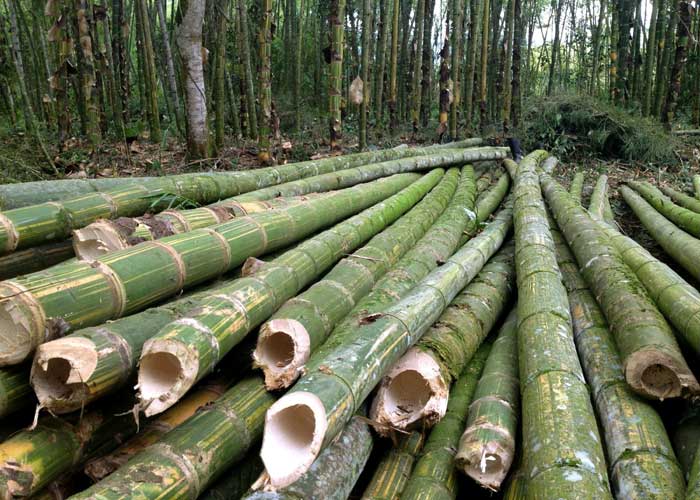
Bamboo is another highly profitable agricultural product. It grows very quickly and is one of the fastest-growing woody plants in the world, with one species in Japan recorded to grow over 1 meter (3 feet) in a single day.Bamboo is recognized as a tropical plant, but several cold-resistant species exist that can survive winters with temperatures below freezing.Bamboo is used as an ornamental plant and for creating hedges or screens, with an international price of about $150 for a potted bamboo plant.In a 100-square-meter area, over 600 bamboo plants can be grown simultaneously. Bamboo serves various purposes, including as a fence, a cooking ingredient in Asian dishes, for producing kitchen utensils, flooring, and even as biomass fuel.New bamboo shoots take 8 to 10 weeks to reach full height, but they require an additional 3 to 5 years to achieve full growth and maturity.After harvesting, bamboo continues to grow without needing replanting, and studies have shown that cutting this plant leads to faster growth in the following year.